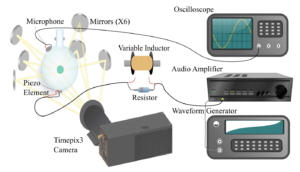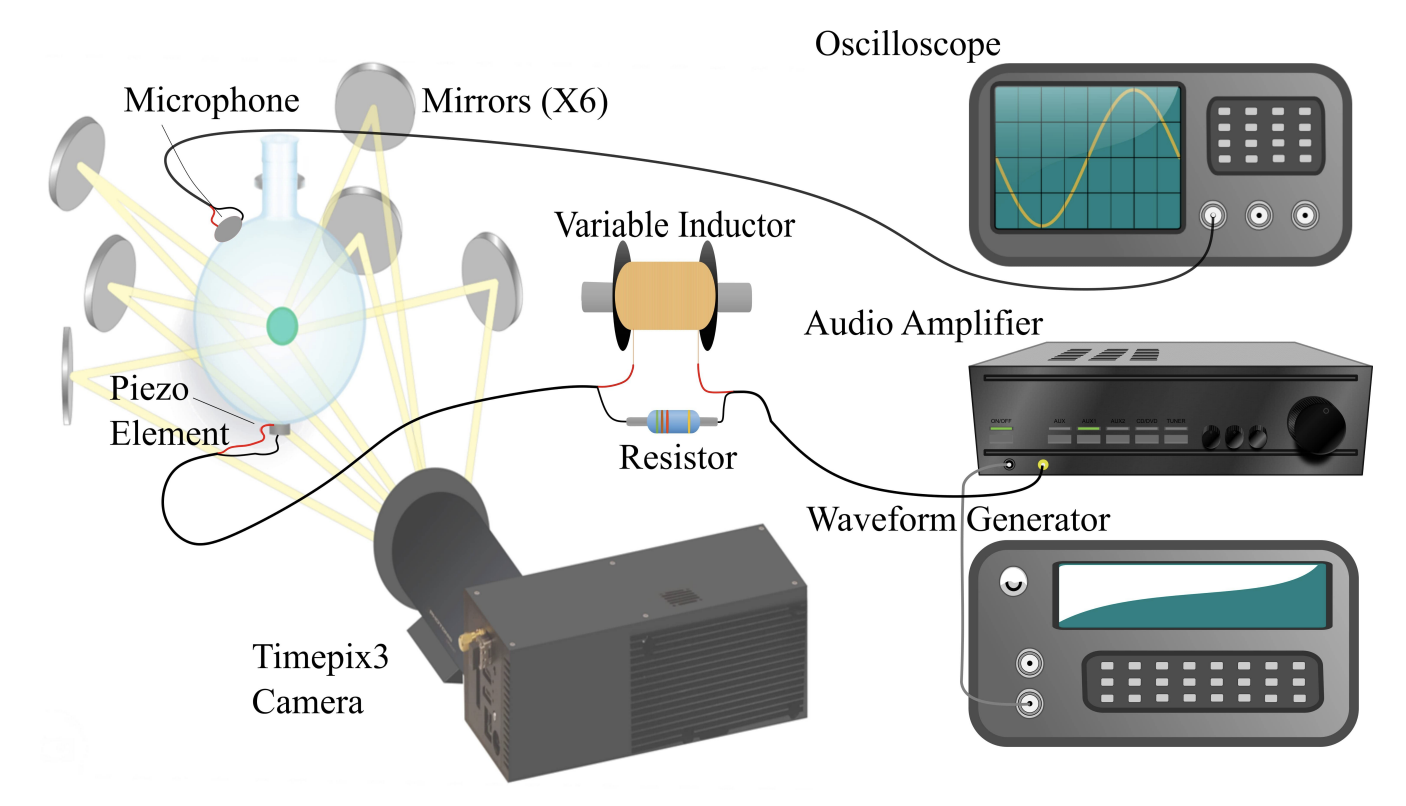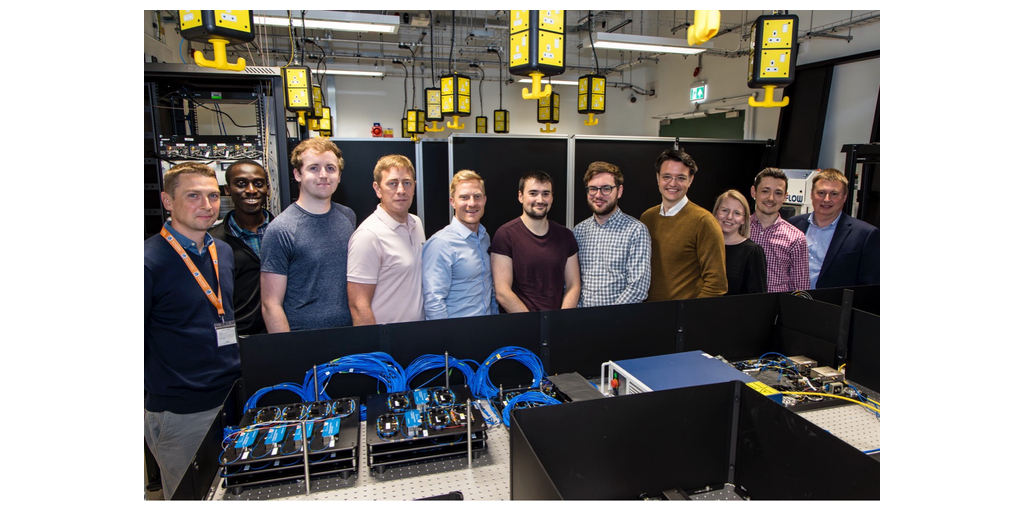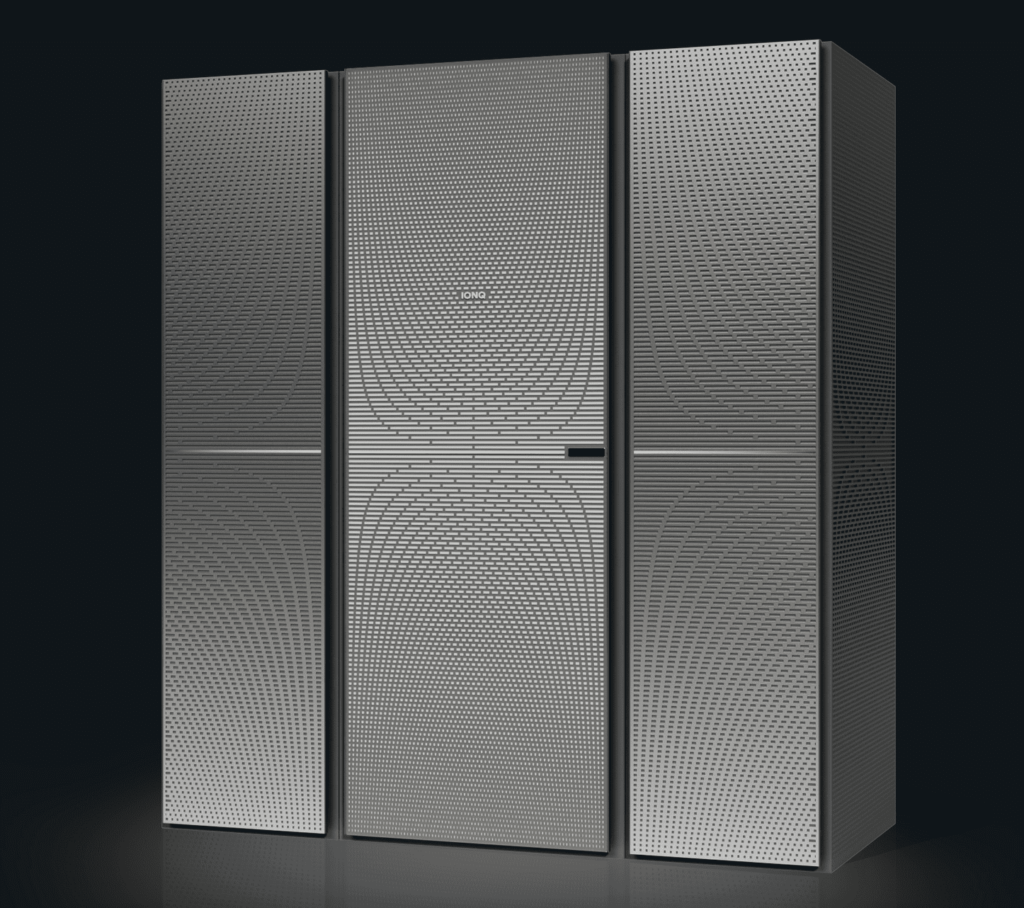
When a cavitation bubble in a liquid gets trapped in the antinode — the maximum point of amplitude — of an ultrasonically driven standing wave, it can periodically emit visible photons. Researchers call this sound-to-light show sonoluminescence. Understanding the underlying physics of sonoluminescence has been a bit of a puzzle for scientists.
Now, a team of researchers from the University of Ottawa report that sonoluminescence has a quantum nature and further suggest that the phenomenon might be tapped by scientists designing quantum computers and other forms of quantum technologies.
In a study, available on the pre-print server ArXiv, the team experimentally investigated the photon number statistics of the emitted photons from single-bubble sonoluminescence — or SBSL. They employed two distinctly different techniques: measuring multiphoton correlations and, by using a a photon-number resolving detector, the photon number.
The researchers said that the emitted photons from SBSL possess sub-Poissonian statistics reveal the nonclassical nature of the SBSL.
They write: “Our observation of sub-Poissonian statistics of emitted photons may help to explain the physics of SBSL. In addition, considering the importance of nonclassical light sources in quantum technologies, this discovery would be an exciting milestone in paving the route towards a bright quantum photonics source.”

According to Mohammadreza Rezaee, who was first author of the paper, the findings could pave the way for quantum devices that do not need expensive lasers and crystals to make time-entangled photons.
Experimental Set-up
Sonoluminescence can be seen with unaided eyes and occurs in multi- or single-bubble regimes. In this case, the researchers were focused on single-bubble sonoluminescence.
According to the paper, the researchers generated and imaged single-bubble sonoluminescence onto a time-tagging camera that is made single photon sensitive with an attached image intensifier. They set up six mirrors to reflect the emitted photons from the single-bubble, which propagate in different directions onto different regions of the time-tagging camera. The raw image was taken of the photons from the SBSL detected by the camera from seven different directions, including direct imaging of the source spot with an exposure time of 22 s. The propagation length for all directions, excluding the central s3, is about 300 mm.
Sonoluminescence gained a lot of attention in the past from researchers, who were particularly intrigued with the huge amount of energy produced during the phenomenon. The research team points out that radiation spectrum analysis attributes a temperature of about 6,000 Kelvin to the bubble — close to the sun’s surface temperature.
Researchers have proposed several theories of sonoluminescence, including thermal — black-body radiation, shock wave theory, phase transition radiation and vacuum quantum electrodynamics.
Implications for Quantum?
Ultimately, the group said that future work would be aimed at investigating ways for sonoluminescence could be used in practical, useful quantum applications.
The researchers write: “Moreover, given the observed strong correlation among generated photons from SBSL, a controlled SBSL would be a good candidate for deterministic quantum photonic sources that is a genuine need in quantum science and technology.”
The work may also provide some inspiration for work on quantum theory, according to the researchers.
They write: “We hope that our observation of sub-Poissonian photon statistics will shed some light on the physics of sonoluminescence, though providing a quantum theory to explain our observations will require further investigation and is beyond the scope of this work.”
The research team also included Yingwen Zhang, James L. Harden and Ebrahim Karimi.
Canada Research Chairs, Canada First Research Excellence Fund Program, NRC-uOttawa Joint Centre for Extreme Quantum Photonics (JCEP) via High Throughput and Secure Networks Challenge Program at the National Research Council of Canada and Mitacs Accelerate Industrial Postdoctoral Fellowship supported this work.
If you found this article to be informative, you can explore more current quantum news here, exclusives, interviews, and podcasts.



















